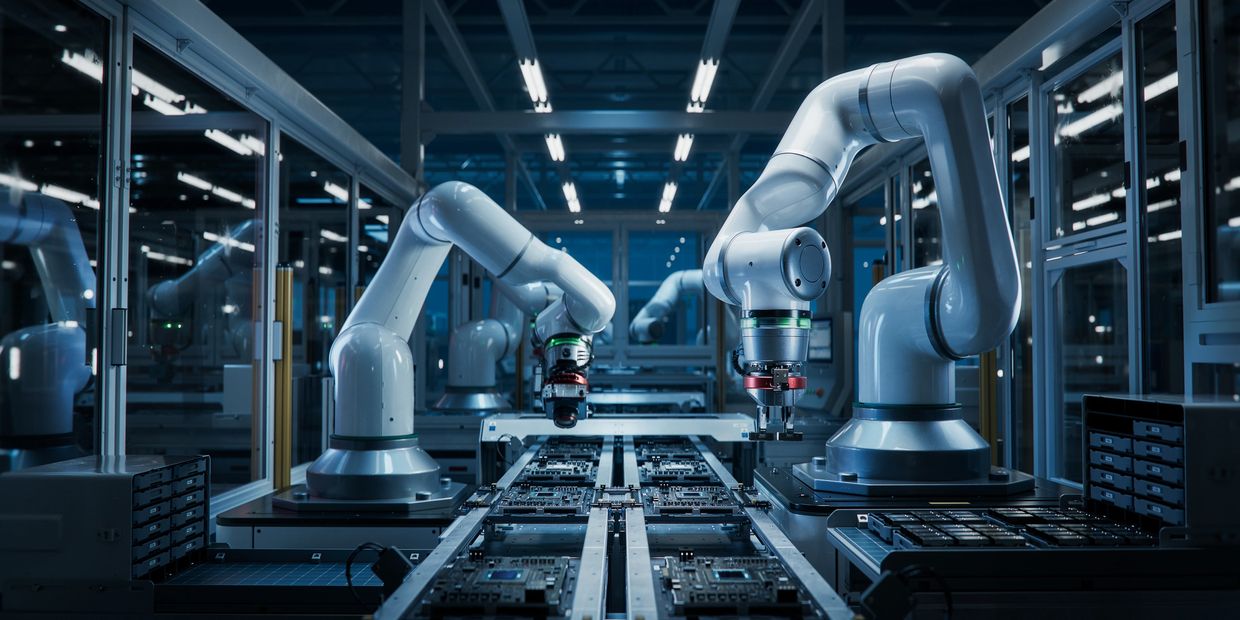
Fast Breaking News
The Future of Work: Navigating the Impact of Robotics and AI
By Joshua Beplay
The rapid advancement of robotics and artificial intelligence (AI) is set to transform the workforce over the next two decades, presenting both challenges and opportunities for workers worldwide. This transformation will be felt across various industries, with significant implications for employment, wages, and the nature of work itself.
Scale of Displacement
Manufacturing is expected to experience the most dramatic changes, with an estimated 20 million jobs displaced globally by 2030. For every robot added per 1,000 workers, wages decline by 0.42%, and the employment ratio drops by 0.2 percentage points, resulting in the loss of approximately six jobs in the immediate area. High-risk sectors include manufacturing and factory work, office support and administrative roles, customer service, food service, and transportation and logistics.
Geographic Impact
The impact of job displacement will vary significantly by region. China faces the largest potential loss, with up to 14 million jobs at risk by 2030. The Asia Pacific region could see a loss of 63 million jobs by 2040, while the U.S. is projected to lose over 1.5 million jobs.
Key Industries Facing Transformation
Healthcare and Medical:
- Surgical robots and medical assistance systems
- Patient care support systems
- Medical supply delivery automation
Agriculture:
- AI-powered precision farming robots
- Laser Weeder systems for chemical-free weed control
- Crop monitoring and automated harvesting systems
Logistics and Warehousing:
- FlexShelf mobile robots that boost productivity by 300%
- Autonomous delivery systems
- Smart inventory management systems
Service Industry:
- The professional service robot market is expected to reach $170 billion by 2030, surpassing traditional industrial robots
- Implementations in cleaning operations, security services, customer service, and food service automation
Construction and Infrastructure:
- Autonomous systems for construction sites
- Building inspection robots
- Infrastructure maintenance automation
The Role of Collaborative Robots (Cobots)
The transition to increased automation will be facilitated by collaborative robots (cobots) designed to work alongside humans. These cobots are becoming more affordable and user-friendly, making automation accessible even to smaller businesses. Their integration into various sectors will help mitigate some of the displacement effects by creating new roles and opportunities for workers to collaborate with advanced technologies.
Copyright © 2024 Life Hits Fast - All Rights Reserved.